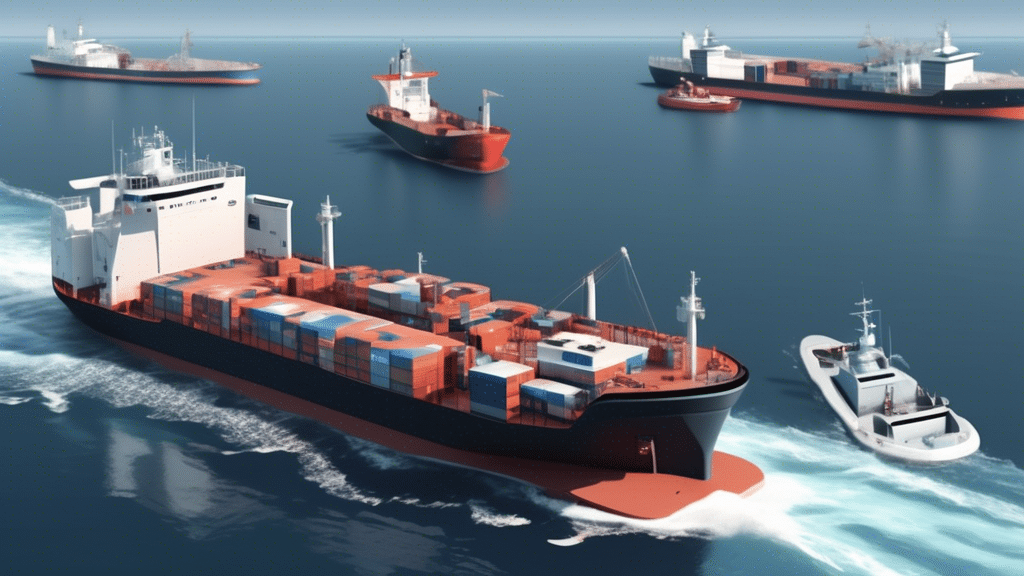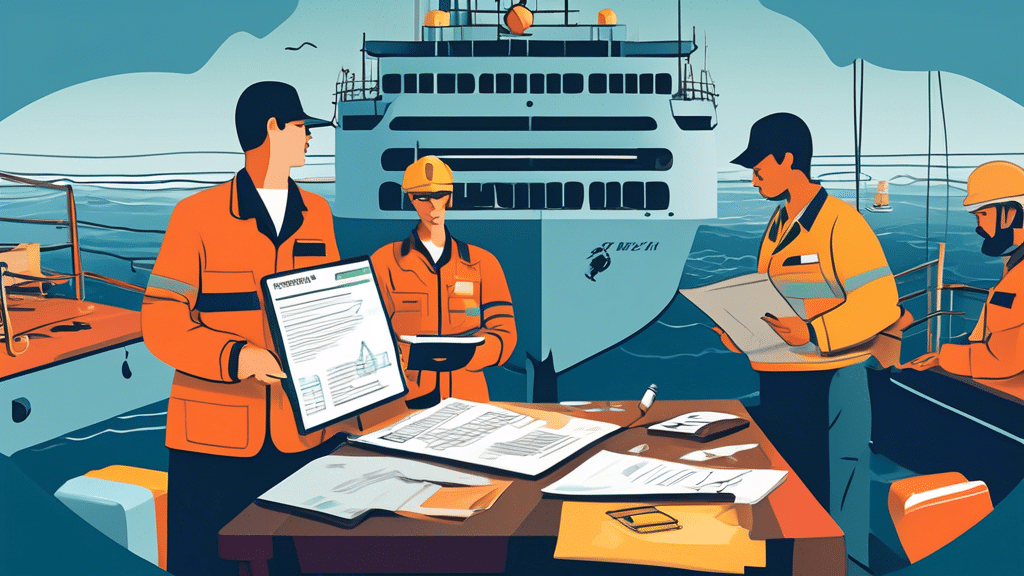Introduction to Ship Security Plans
The rise in piracy, terrorism, and other maritime security threats has prompted the need for comprehensive Ship Security Plans (SSPs). These plans serve as vital documents that outline the measures and procedures to protect vessels, crew, cargo, and the maritime environment from various security threats. Effectively managing SSPs is not only a regulatory requirement but also a key element in ensuring the safety and security of maritime operations.
Key Components of a Ship Security Plan
Assessment of Security Risks
A thorough risk assessment forms the foundation of an effective SSP. This involves identifying potential threats and vulnerabilities that a ship might face. By understanding these risks, ship operators can devise targeted measures to mitigate them. Common risks include piracy, terrorism, smuggling, and cyber-attacks.
Security Policies and Procedures
The SSP should detail policies and procedures for managing security threats. This includes guidelines on access control, surveillance, and response measures. Clear protocols must be established for different security levels, such as normal, heightened, and emergency situations.
Roles and Responsibilities
Assigning clear roles and responsibilities is crucial for the implementation of the SSP. The Ship Security Officer (SSO) is typically designated to oversee the plan. Additionally, all crew members should be aware of their specific duties related to security and receive appropriate training.
Communication Plans
Effective communication is paramount in managing security incidents. The SSP should include protocols for both internal and external communication. This involves coordination with port authorities, other vessels, and shore-side stakeholders. Secure communication channels should be established to prevent unauthorized access to sensitive information.
Drills and Exercises
Regular drills and exercises are necessary to ensure that the SSP is effective and that all crew members are familiar with their roles. These activities help in identifying any weaknesses in the plan and provide opportunities for continuous improvement.
Best Practices for Managing Ship Security Plans
Regular Review and Updating
Security threats and regulatory requirements evolve over time. Therefore, it is essential to regularly review and update the SSP to reflect the latest developments. This includes incorporating lessons learned from security incidents and feedback from security drills.
Leveraging Technology
Advancements in technology can greatly enhance the effectiveness of SSPs. Utilizing electronic access control systems, surveillance cameras, and cybersecurity measures can provide an additional layer of security. Real-time monitoring and data analytics can also help in making informed decisions during security incidents.
Collaboration with Stakeholders
Effective security management requires collaboration with various stakeholders, including port authorities, other vessels, and law enforcement agencies. Regular communication and coordination with these entities can enhance the overall security posture. Participating in industry forums and sharing best practices can also contribute to continuous improvement.
Training and Awareness
All crew members should undergo comprehensive security training. This includes familiarization with the SSP, threat recognition, and response procedures. Regular refresher courses and awareness programs help in maintaining a high level of vigilance and preparedness.
Incident Reporting and Analysis
Systematic documentation and analysis of security incidents are crucial for learning and improvement. The SSP should include procedures for reporting incidents, conducting investigations, and implementing corrective actions. Sharing incident reports with relevant stakeholders can also help in enhancing collective security efforts.
Compliance with International Regulations
International regulations, such as the International Ship and Port Facility Security (ISPS) Code, mandate the implementation of SSPs. Compliance with these regulations is not only a legal requirement but also a critical component of ensuring maritime security. Regular audits and inspections by regulatory bodies help in maintaining compliance and identifying areas for improvement.
Managing Ship Security Plans effectively is vital for safeguarding ships, cargo, and crew from potential security threats. By conducting thorough risk assessments, establishing robust policies and procedures, leveraging technology, and fostering collaboration, ship operators can enhance their security measures and ensure successful maritime operations.






